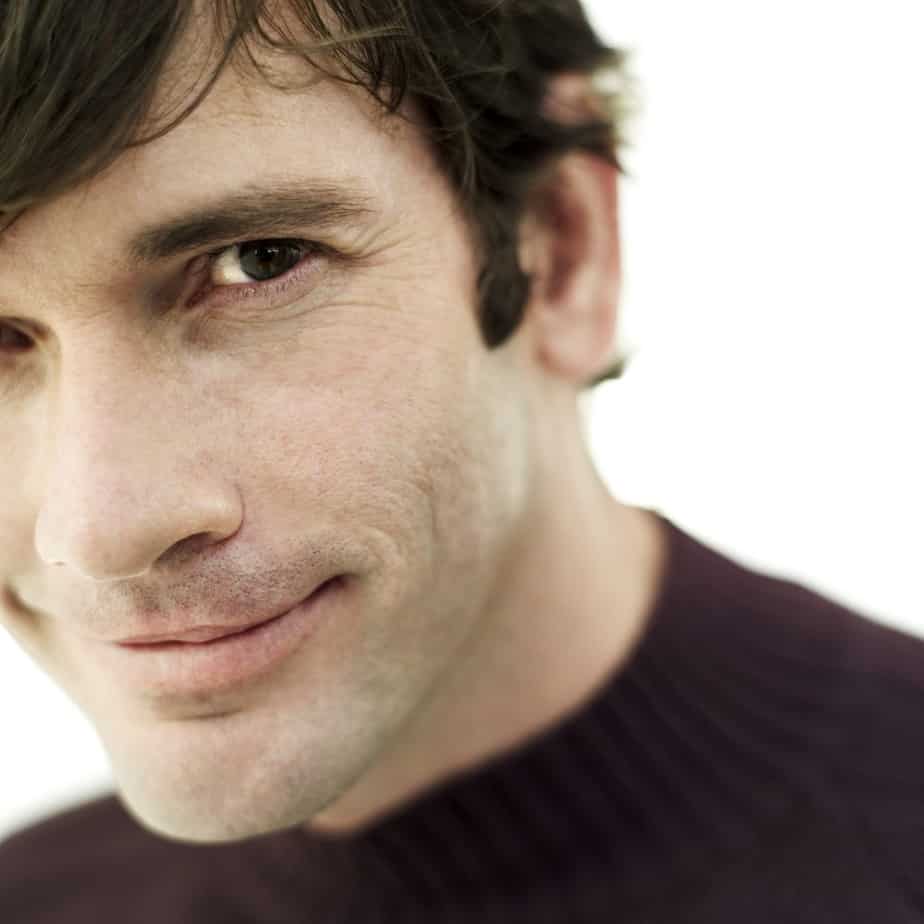So in my last blog I discussed the cultural differences in men’s preferences in sporting facial hair. In American Men and Identity: Contemporary African-American and Latino Style López-Gydosh and Hancock (2009) stress the importance of hair, beards, and mustaches to men in both African American and Latino cultures. SM was willing to grow a mustache and beard to let me see what he looked like (GOR-GEOUS!!!!). He didn’t mind growing it, but beards and mustaches are not conducive to his professional environment. Even though I totally understood, I was a little bummed that he’d have to cut his beard at a moment’s notice.
Once I began investigating and recognizing the intrinsic influence culture wields on an individual’s thinking and preferences, I better understood why I thought a man’s facial hair made him more desirable or even sexy. Lesson learned. SM and I are now more attuned to what we call “culturalisms.” We’re having fun learning even more about each other (and ourselves) as we discover and identify the culturalisms that influence our thinking.
So, on to the million-dollar question:
What does SM think of my hair???
Well, fortunately for SM (and me) I have no facial hair!
[Sidebar: I am FDLOL! Come on, you should have known that was coming! Corny? Of course!]
For those readers who may be unaware, natural hair is undergoing a renaissance among Black women. A Black woman’s hair is considered “natural” when she adds no chemicals to change the texture. In other words, she leaves it the way it grows out of her scalp – be it fine, thick, kinky, coiled, curly, dense – you name it. Generally speaking, White women use a “perm” to make their straight hair curly. Conversely, Black women use a “perm” to make their curly or kinky hair straight.
Now, when it comes to a Black woman, wearing your hair natural doesn’t necessarily mean you have to sport an afro. Au contraire! Those same fine, thick, kinky, coiled, curly, dense textures provide us a vast range of hair styles we can wear based on an equally vast range of styling techniques. Braid-outs, twist-outs, knot-outs, puffs, coils, curls, and locs abound – and those are just a FEW of the available styles!
In other words, I can wear my fine, naturally curly, shoulder length hair blown out and flat-ironed one day, and in a curly twist-out the next day. When I asked SM what he liked and even preferred, he said,
“Oh, I like your hair straight, but I really like your hair curly.”
[Sidebar: Yes, he put special emphasis on the “really.”]
SM not only likes the way it looks, more important, he says he likes the way I act and seem to feel when I wear my hair in its natural, curly state. He says that I seem more relaxed and carefree. He says he also notices changes in my clothes, jewelry, and makeup.
[Really???]
According to SM, when I wear my hair curly I also use very minimal makeup (except for bright lipstick) and wear brighter colored clothing coupled with bolder, funkier pieces of jewelry.
“When your hair is curly you have more ‘swag,’” he says. “And I LOVE it!”
[More “swag?” Really????]
I thought about what he said, and came to the conclusion that he’s right. I know I have a more “take me as I am” attitude when I’m in my natural, curly glory. (And it helps that I don’t have to worry about the humidity level or whether it’s raining outside – the more moisture in the air, the curlier I get). Wearing my hair curly also makes me feel a bit more “Afrocentirc,” if you will, hence the bolder, funkier jewelry and brighter colors. Is this a result of cultural influences? Perhaps. I think mainly it’s more a sense of feeling freer to be myself and express my personality.
I also believe when I say “more Afrocentric” what I really mean is more “me-centric.” Hence, what I learned from the whole Part 1/Part 2 hair thing is that SM and I each enjoy each other’s looks in surprising ways and for different reasons. Ultimately, we support each other in the expression of our cultures and who we are individually, whether we’re mustached or clean-shaven, straight or curly. Our hair thing works in our favor – and that’s what counts.
Reference
López-Gydosh, D., & Hancock, J. (2009). American men and identity: Contemporary African-American and Latino style. The Journal of American Culture, 32(1), 16+. Retrieved from Questia database: http://www.questia.com/PM.qst?a=o&d=5035416077
Join in the fray:
Curly or straight? Tell me about your hairy situation!



